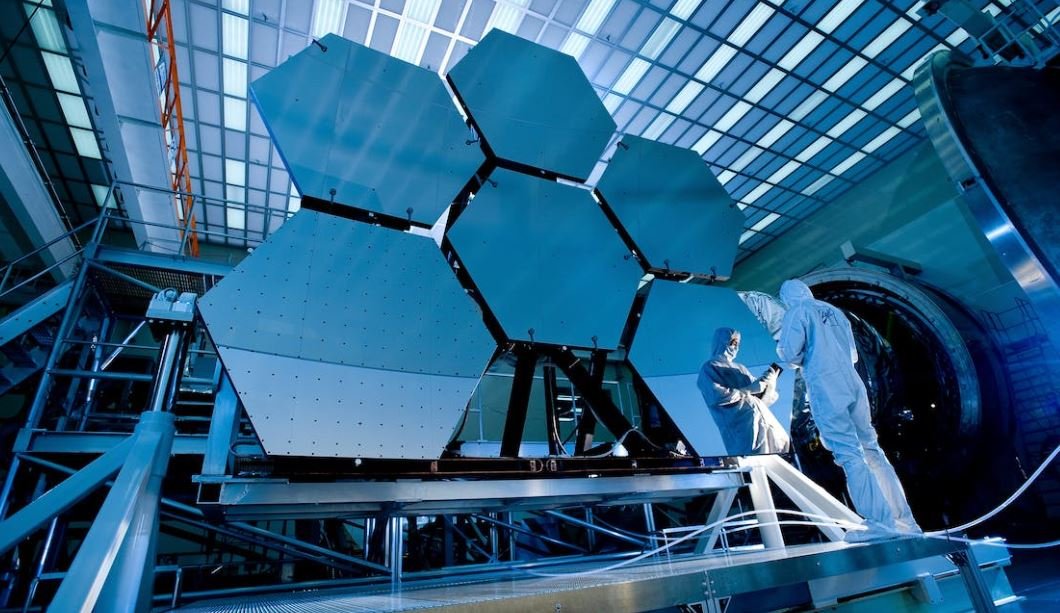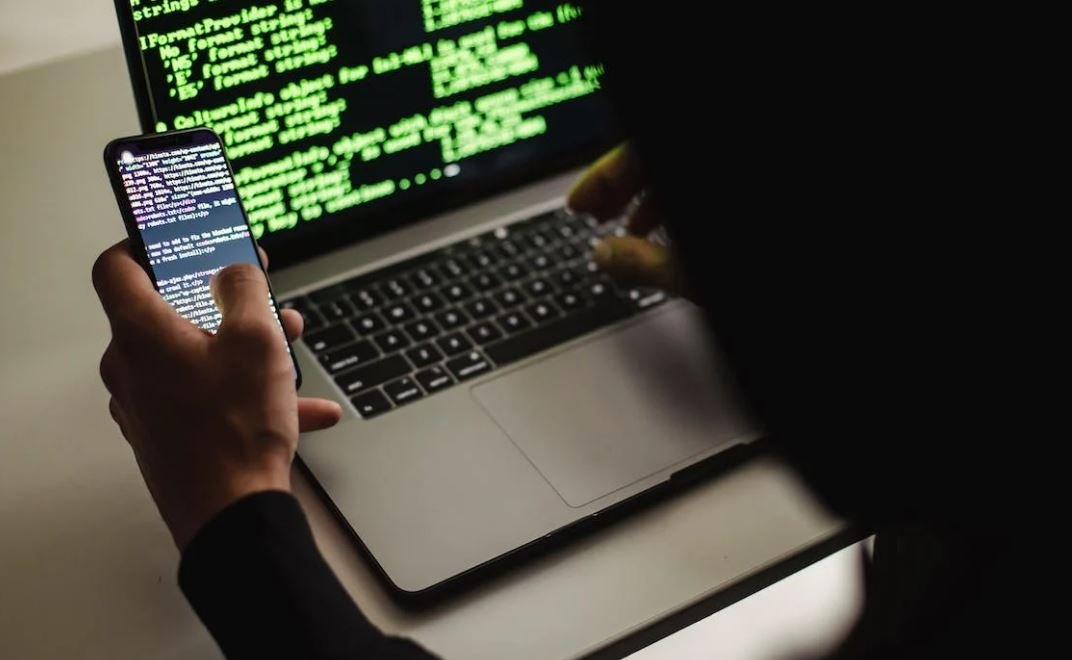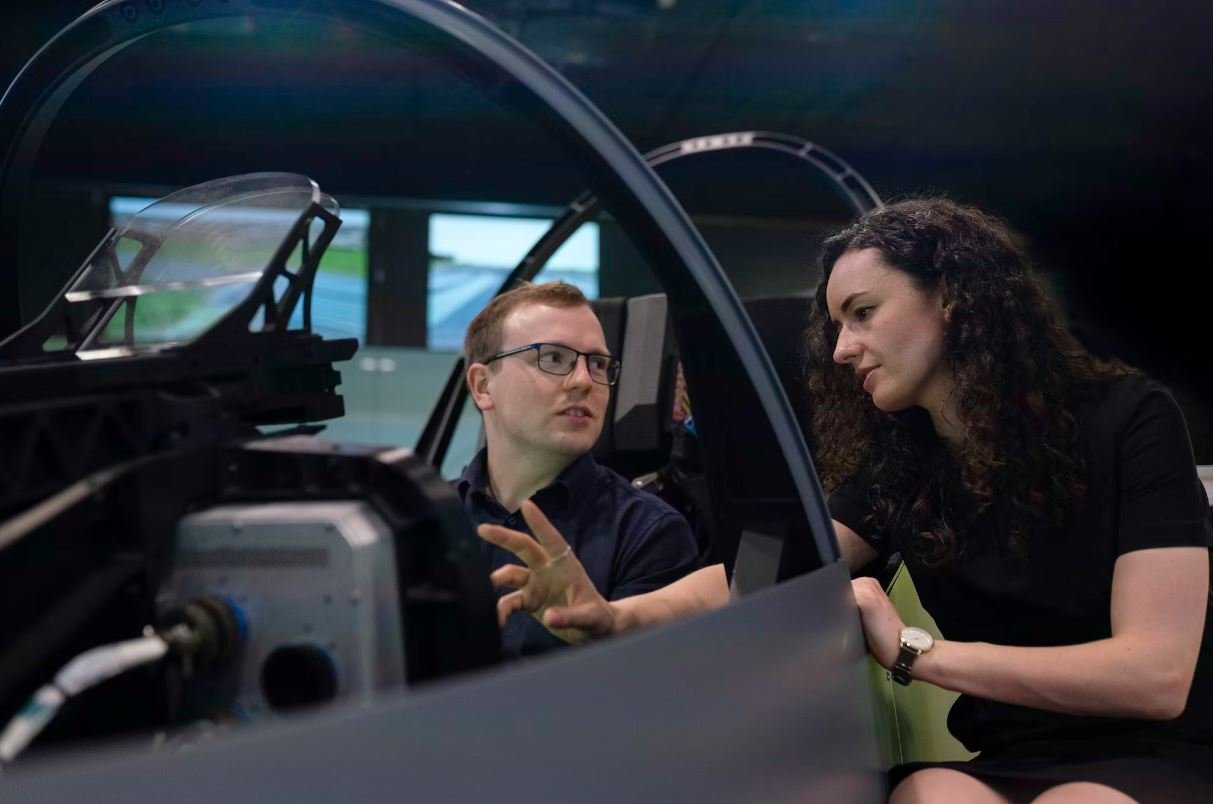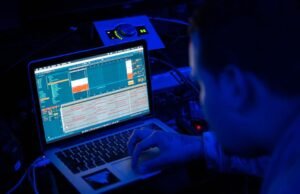Copyright AI
The use of artificial intelligence (AI) has revolutionized various industries, and the realm of copyright is no exception. Today, copyright AI software is helping creators protect their intellectual property and enforce copyright laws more efficiently. In this article, we will explore the benefits and challenges of copyright AI and its impact on the digital landscape.
Key Takeaways:
- Copyright AI uses artificial intelligence to assist with copyright protection and enforcement.
- It offers increased efficiency and accuracy in identifying and managing copyright infringement.
- AI-powered tools can aid in content creation by generating copyright-compliant content.
- The rise of AI in copyright brings both opportunities and ethical concerns.
The Role of Copyright AI
Copyright AI systems leverage machine learning algorithms to analyze vast amounts of data and identify copyrighted content. These tools assist copyright holders, such as artists, musicians, and writers, in monitoring and enforcing their rights. **Through advanced image and text recognition, these AI systems can identify potentially infringing content**, allowing creators to take appropriate action swiftly.
*AI-powered copyright systems have the capability to accurately match content to existing copyrights, reducing the risk of false positives and minimizing unnecessary legal interventions.*
In addition to protecting copyrighted works, AI can also aid in content creation by generating copyright-compliant material. Copyright AI tools can assist creators by suggesting alternative phrasing or providing guidelines to ensure their work doesn’t infringe on existing copyrights.

Common Misconceptions
Misconception 1: Everything on the internet is copyright-free
One common misconception is that anything found on the internet is free for anyone to use without permission or giving credit. However, this is not true as most content available online is protected by copyright.
- Not all materials are available for free use
- Images, texts, and videos may be protected by copyright
- Proper attribution or permission is often required for using online content
Misconception 2: Copyright only applies to published works
Another misconception is that copyright protection only applies to works that have been officially published or registered. In reality, copyright protection automatically applies to all original works fixed in a tangible medium of expression, regardless of whether they have been published or not.
- Copyright protection extends to unpublished works
- A work does not need to have a formal publishing process to qualify for protection
- Creation and fixation of the original work are the key factors for copyright protection
Misconception 3: Giving credit means you can use copyrighted work
There is a common misconception that giving credit to the original creator of a work allows for unrestricted usage. While acknowledging the source is important, it does not automatically grant the right to use copyrighted material without permission or infringing on the creator’s rights.
- Providing credit is a matter of ethics and may reduce the risk of infringement claims
- Permission should be obtained from the rights holder to use their work
- Simply acknowledging the creator does not exempt the need for permission to use a work
Misconception 4: Copyright protection lasts forever
Some people believe that copyright protection lasts forever, but this is not the case. Copyright protection has a limited duration that varies depending on the country and the specific circumstances of the work’s creation or publication.
- Copyright protection generally lasts for the creator’s lifetime plus a specific number of years
- Duration may vary depending on the country’s laws and international agreements
- Certain works may enter the public domain after their copyright expires
Misconception 5: Using small portions of a work is considered fair use
Some individuals mistakenly believe that using small portions of a copyrighted work automatically qualifies as fair use. Fair use is a legal doctrine that requires a case-by-case analysis and considers various factors, such as the purpose and character of the use, the nature of the work, the amount used, and the potential impact on the market for the original work.
- Fair use is a nuanced and complex concept, not solely dependent on the amount used
- Using even a small portion of a work may still constitute infringement if it does not meet the fair use requirements
- A fair use defense should be evaluated by considering all relevant factors

Introduction
The rapid advancements in artificial intelligence (AI) technology have revolutionized various industries, including the intellectual property sector. As copyright laws become more complex, AI has emerged as a powerful tool to assist with copyright protection, infringement detection, and even content creation. This article explores the impact of copyright AI through ten intriguing examples.
The Rise of AI in Copyright Protection
AI technologies have significantly enhanced the effectiveness and efficiency of copyright protection measures. Here are ten examples illustrating the influence of copyright AI:
1. “Music Plagiarism Detective”
AI algorithms can compare melodies and detect potential music plagiarism, accurately identifying similarities between tracks. This enables artists and copyright holders to better protect their intellectual property.
2. “Visual Content Similarity Analyzer”
Using AI-powered image recognition, this tool can identify matching or closely similar visuals, helping photographers and designers prevent image theft and unauthorized use.
3. “Copyright Infringement Analyzer”
This AI system scans vast databases of written content to locate instances of copyright infringement, saving time and easing the burden on copyright holders who would otherwise have to manually search for possible violations.
4. “Video Authenticity Validator”
AI algorithms can analyze videos, looking for inconsistencies or signs of manipulation. This assists in verifying the credibility and authenticity of digital content, combating the spread of deepfake videos.
5. “Content Copyright Translator”
Using natural language processing, this AI tool automatically translates copyright terms and conditions into different languages, ensuring that content creators have a standardized understanding of their copyrights regardless of geographic location.
6. “Copyright Metadata Analyzer”
AI-powered metadata analyzers can detect errors, inconsistencies, or missing information in copyright metadata, helping copyright registration authorities maintain accurate records and simplify copyright clearance processes.
7. “AI-Generated Art”
AI algorithms have been trained to create unique artworks by analyzing existing pieces and generating new visual compositions. These AI-generated artworks blur the line between creativity and copyright, raising important legal questions.
8. “Content Copyright Recommender”
This AI system recommends licensing options based on user input, assisting content creators in finding the appropriate copyright licenses for their works and ensuring proper attribution and compensation.
9. “Copyright Publication Tracker”
AI technology can monitor publications to identify and track copyrighted content. This helps publishers and copyright holders identify instances of unauthorized replication, ensuring that proper permissions are obtained.
10. “AI-Enhanced Content Filtering”
This AI software can scan and filter online platforms for copyrighted material, automatically removing or flagging content that violates copyright laws, thereby helping to protect the rights of content creators.
Conclusion
As technology advances, copyright AI continues to evolve and play a crucial role in ensuring fair and protected intellectual property rights. These ten examples represent just a fraction of the wide-ranging impact AI has on copyright protection, infringement detection, and content creation. By harnessing the power of artificial intelligence, copyright holders can better safeguard their creations, fostering a more secure and creative digital landscape.
Frequently Asked Questions
FAQs about Copyright
- What is copyright?
- Copyright is a legal protection granted to the creator of an original work, such as a book, song, or painting. It provides exclusive rights to the creator, preventing others from using, reproducing, or distributing the work without permission.
- What works are eligible for copyright protection?
- Copyright protection can be granted to a wide range of creative works, including literary works, artistic works, musical compositions, choreographic works, films, and computer software. The work must be original and fixed in a tangible medium of expression.
- How do I copyright my work?
- In most countries, including the United States, copyright protection is automatically granted to the creator as soon as the work is created and fixed in a tangible form. However, it’s recommended to register the work with the relevant copyright office to have a public record of the copyright and to facilitate legal proceedings in case of infringement.
- How long does copyright protection last?
- Copyright protection generally lasts for the life of the creator plus an additional 70 years after their death. However, the duration can vary depending on the type of work, the country in which it was created, and other factors.
- What is fair use?
- Fair use is a legal doctrine that allows limited use of copyrighted material without permission from the rights holder. It typically applies to purposes such as criticism, comment, news reporting, teaching, scholarship, or research. Whether a specific use qualifies as fair use depends on several factors, including the purpose and character of the use, the nature of the copyrighted work, the amount and substantiality of the portion used, and the effect of the use on the market for the original work.
- Can I use copyrighted material if I give credit to the creator?
- Giving credit to the creator does not automatically grant you the right to use copyrighted material. Even with attribution, you generally need permission from the copyright holder to use their work, unless your use qualifies as fair use.
- Can I copyright an idea?
- Copyright protects the expression of an idea, not the idea itself. This means that you cannot copyright a mere idea or concept. In order to be protected, the idea must be developed into a fixed, tangible form of expression.
- What is the difference between copyright and trademark?
- Copyright protects original works of authorship, while trademarks protect words, phrases, symbols, or designs that distinguish goods or services from others in commerce. Copyright focuses on creative expression, whereas trademarks focus on protecting brands and preventing consumer confusion.
- What should I do if someone infringes my copyright?
- If someone infringes your copyright, you can take legal action to stop the infringement and seek damages. It’s generally recommended to consult with a copyright attorney to understand your rights and the best course of action to take.
- Can I use copyrighted material for educational purposes?
- Under certain circumstances, the use of copyrighted material for educational purposes may qualify as fair use. However, this is a complex area of copyright law, and the specific circumstances and factors of each case will determine whether the use is considered fair use. It’s best to consult with a copyright attorney or the relevant copyright office for guidance.




